wikiHow is a “wiki,” similar to Wikipedia, which means that many of our articles are co-written by multiple authors. To create this article, 17 people, some anonymous, worked to edit and improve it over time.
This article has been viewed 305,134 times.
Learn more...
If you are using a cash register, giving back correct change is pretty simple. Just type in the cost of the item and the amount paid and bingo, the cash register tells you how much change to give back. However, if your cash register is broken, or you entered the wrong amount, or you don’t have a cash register, you’ll need to know how to make change on your own. The basic method is to count up from the price of the purchase to the amount the customer paid.
Steps
Making Change
-
1Make sure the change you give and the price of the product together add up to the cash the customer gave you. You want the customer to leave with the same value they gave you, only now part of that value will be the product, and the rest change. It’s that simple.[1] For example:
- If they gave you $20 to buy a $5 book, they will leave with $5 worth of book plus $15 worth of change, for a total value of $20.
-
2Add up the amount the customer gives you. Before you can make change, you'll need to know how much money you've been given. As you count the money, place it on the register or table in front of you both. When you are done counting, state the amount paid. This will ensure that there is no confusion or disagreement about how much the customer gave you.Advertisement
-
3Count up from the amount of the purchased item to the other amount paid. For example, if they are purchasing a sandwich that costs $7.59, and they gave you $20, you would start at $7.59 and give them money, counting up until you reached $20.[2]
-
4Count out loud to avoid confusion. You don’t need to count out every single coin, but it is important to at least call out the running total whenever you reach the end of a particular unit such as pennies, nickels, dimes, or quarters. With bills mistakes are more costly, so it’s a good idea to keep a running count.
- For example, if you were given $10 for a $6 product, you would either:
- Count the one dollar bills and then give the total: “One, two, three, and four makes ten.”
- Or add up as you go: “Seven, eight, nine, and ten.”
-
5Start with coins. Do pennies first, then nickels, dimes, and quarters before handing out paper money. When you give back change the other way around, it's awkward and your customer is more likely to drop the change as they are already holding the paper money. If your customers drop your money when you pass it to them, this is probably why.[3]
- In our initial example, you are starting with $7.59 (the price of the sandwich), so you would hand back:
- 1 penny (“that’s $7.60”)
- 1 nickel (“7.65”)
- 1 dime (“7.75”)
- 1 quarter (“8.00”)
- While this is the most efficient combination of coins, it doesn’t really matter how you add up to $8.00, so long as you get there.
-
6Hand back paper money next. Once you reach an even dollar amount, start counting out bills until you have added up to the amount they gave you. Returning to our example:
- You have added up to $8.00 and need to continue to $20.00, so now you would hand back:
- 2 one dollar bills (“9, 10”)
- 1 ten dollar bill (“and 10 more makes 20”)
-
7Check your work. You gave the customer .01 + .05 + .10 + .25 = .41 cents in change. You then gave her 1 + 1 + 10 = $12 in cash, for a total of $12.41 in change. $7.59 + $12.41 = $20 – the amount the customer paid.
Dealing with More Complex Amounts Paid
-
1Be prepared for customers to give you odd amounts in order to get back less change or certain denominations. For example, if the total is $6, a customer might hand you $11 so that she can get back a single five dollar bill. On the other hand, if she handed you $10, she would have gotten back 4 one dollar bills.[4]
-
2Count up as you did before for simpler transactions. Especially for transaction not involving coins, it is usually simple to just count up.
- For example, if the customer bought a $42 hat and gave you $47, you would count:
- 1 five dollar bill (“You gave me 42, plus 5 makes 47.”)
-
3Consider doing a bit of subtraction first to make things simpler when dealing with more complex transactions. It may not be immediately obvious how to get from $12.78 to $23.03. Here is where a little initial subtraction can simplify things:[5]
- Start with the amount paid. Subtract from it to get a simpler number. In this case, 23.03 – .03 = $23.00.
- Now subtract the same amount from the price: 12.78 – .03 = $12.75.
- It's clear now that you'll need to first give back a quarter.
- 1 quarter takes you from $12.78 to $13.03. (“that’s $13.03”)
- 1 ten dollar bill (“plus 10 equals 23.03”)
-
4Give correct change confidently for any combination. As another example of a more complex situation, imagine that you're a waiter and a customer is purchasing a meal worth $112.31. They give you 6 twenties, a nickel, and a penny.
- Add the amount paid by counting up as you put the money down: 20, 40, 60, 80, 100, 120 and six cents. Tell the customer the amount paid: "$120.06".
- The customer gave you a bizarre amount of change, so this might be a good time to do a bit of subtraction. 120.06 - .06 = $120.00, and 112.31 - .06 = $112.25. Better. You need 3 quarters.
- Now start adding up from $112.31 to $120.06.
- 3 quarters ("takes us to 113.06") - We know this works from our earlier subtraction exercise.
- 2 one dollar bills ("114, 115")
- 1 five dollar bill ("and 5 is 120.06")
- Check your work: You gave .25 + .25 + .25 + 1 + 1 + 5 = $7.75. $7.75 + $112.31 = $120.06 – the amount the customer paid.
Community Q&A
-
QuestionHow do I practice being better at giving correct change?
 Community AnswerDo practice at home with family members. You could even turn it into a game!
Community AnswerDo practice at home with family members. You could even turn it into a game! -
QuestionHow do I hand a customer change?
 Community AnswerPut the coins in the customer's hand all at once, saying the total value of the coins and then count the bills as you place them over the coins in the person's hand.
Community AnswerPut the coins in the customer's hand all at once, saying the total value of the coins and then count the bills as you place them over the coins in the person's hand. -
QuestionI'm dyslexic, so I have a lot of trouble calculating coin change. How can I improve?
 Community AnswerYou can improve by practicing at home with your family.
Community AnswerYou can improve by practicing at home with your family.
References
About This Article
If you need to give back the correct change without a cash register, make sure the cost of the product and the change you give the customer add up the total amount they paid you. For example, if the customer gave you 20 dollars to buy a 5 dollar item, you would give back 15 dollars since 15 plus 5 equals 20. Alternatively, count up from the purchase amount of 5 dollars until you reach 20 dollars, putting each bill out in front of you as you count to avoid any confusion. If the change includes cents, hand back the coins first, starting with pennies, then nickels, dimes, and quarters. By giving the customer coins before handing out paper money, they’ll be less likely to drop the change as you hand it to them. For more advice, including how to use subtraction to make complex amounts easier to deal with, keep reading.
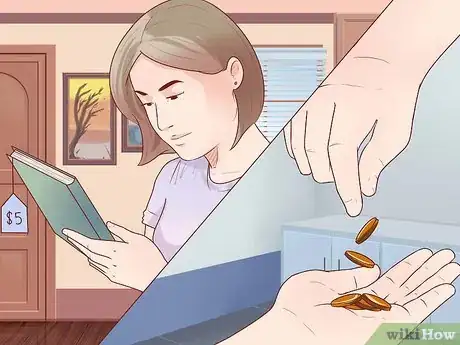
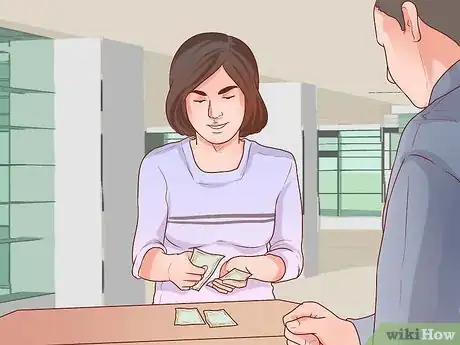
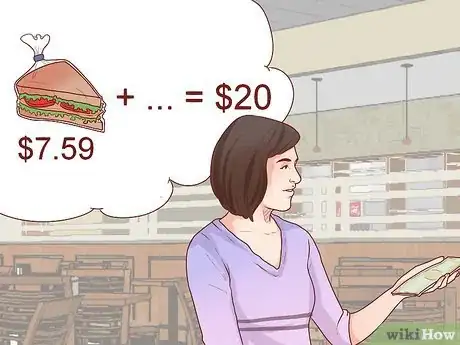
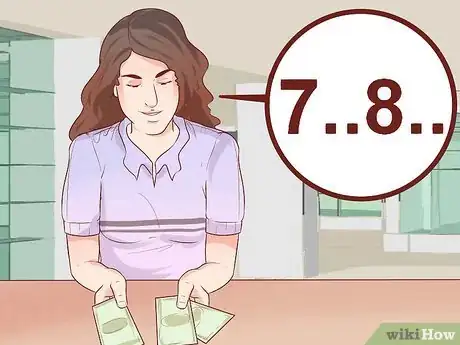
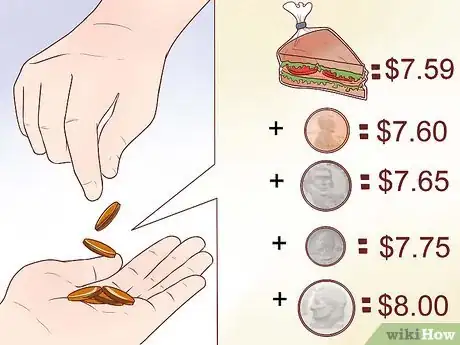


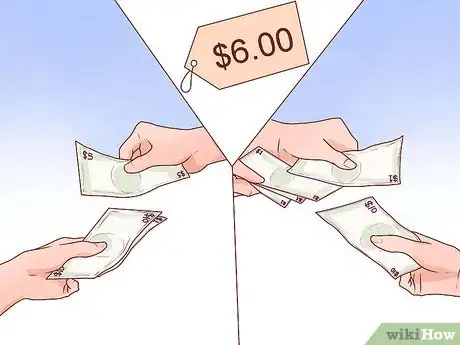
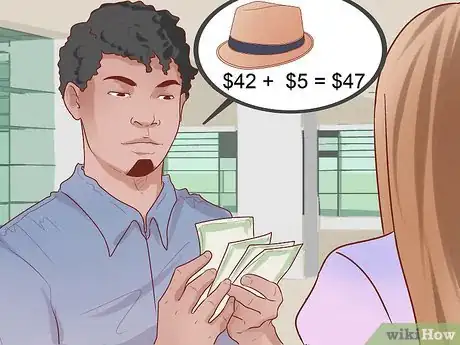
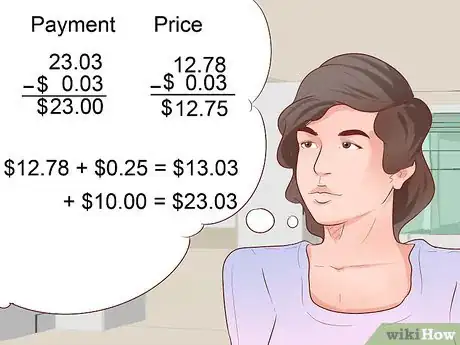
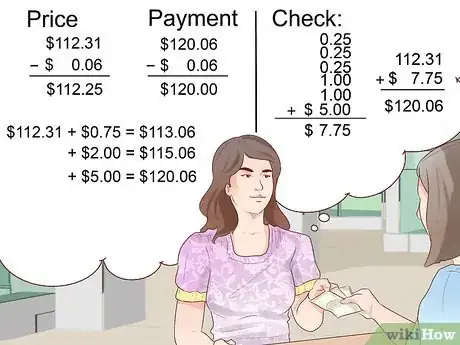
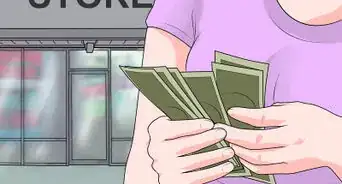
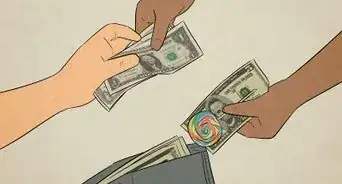
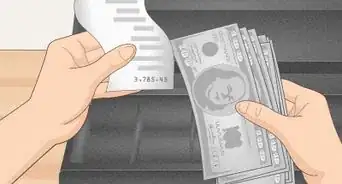


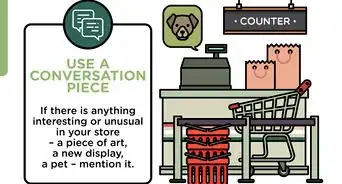
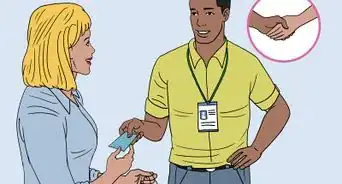
-in-US-Step-10-Version-2.webp)
















































